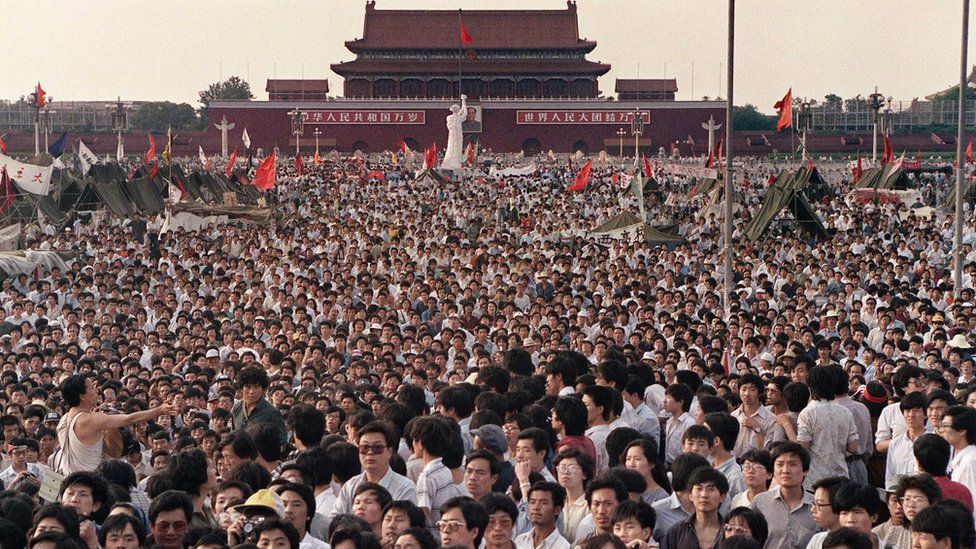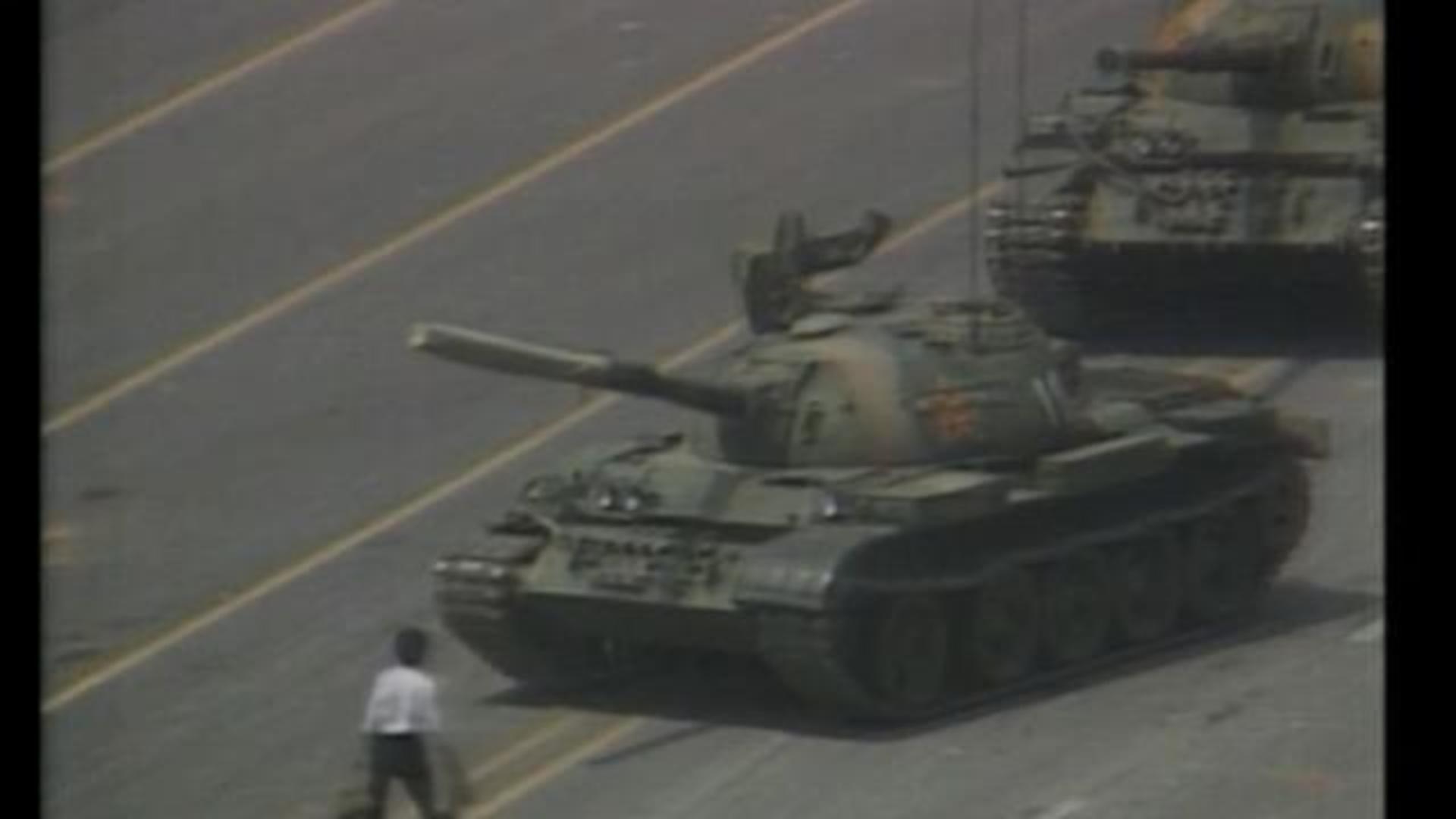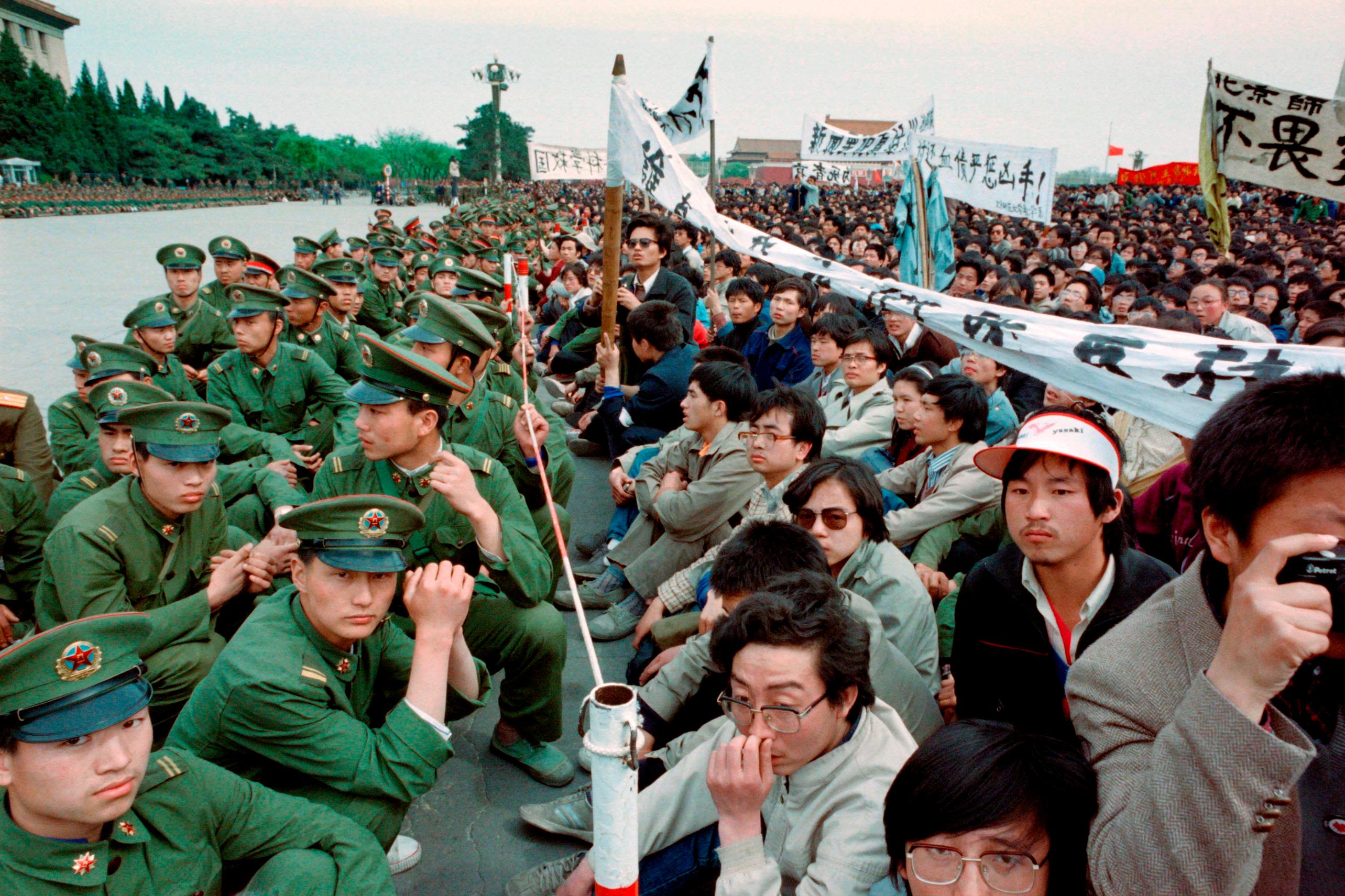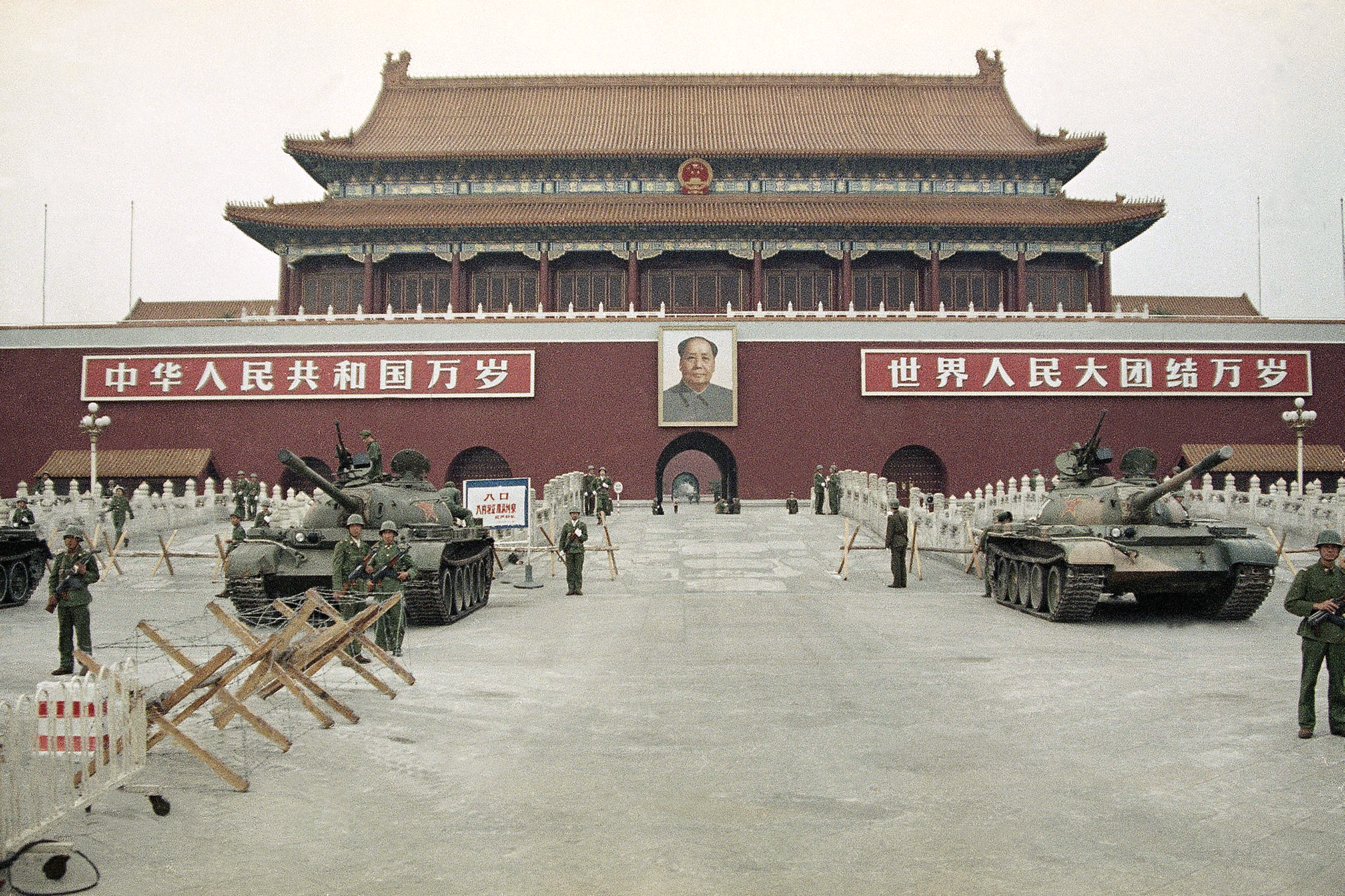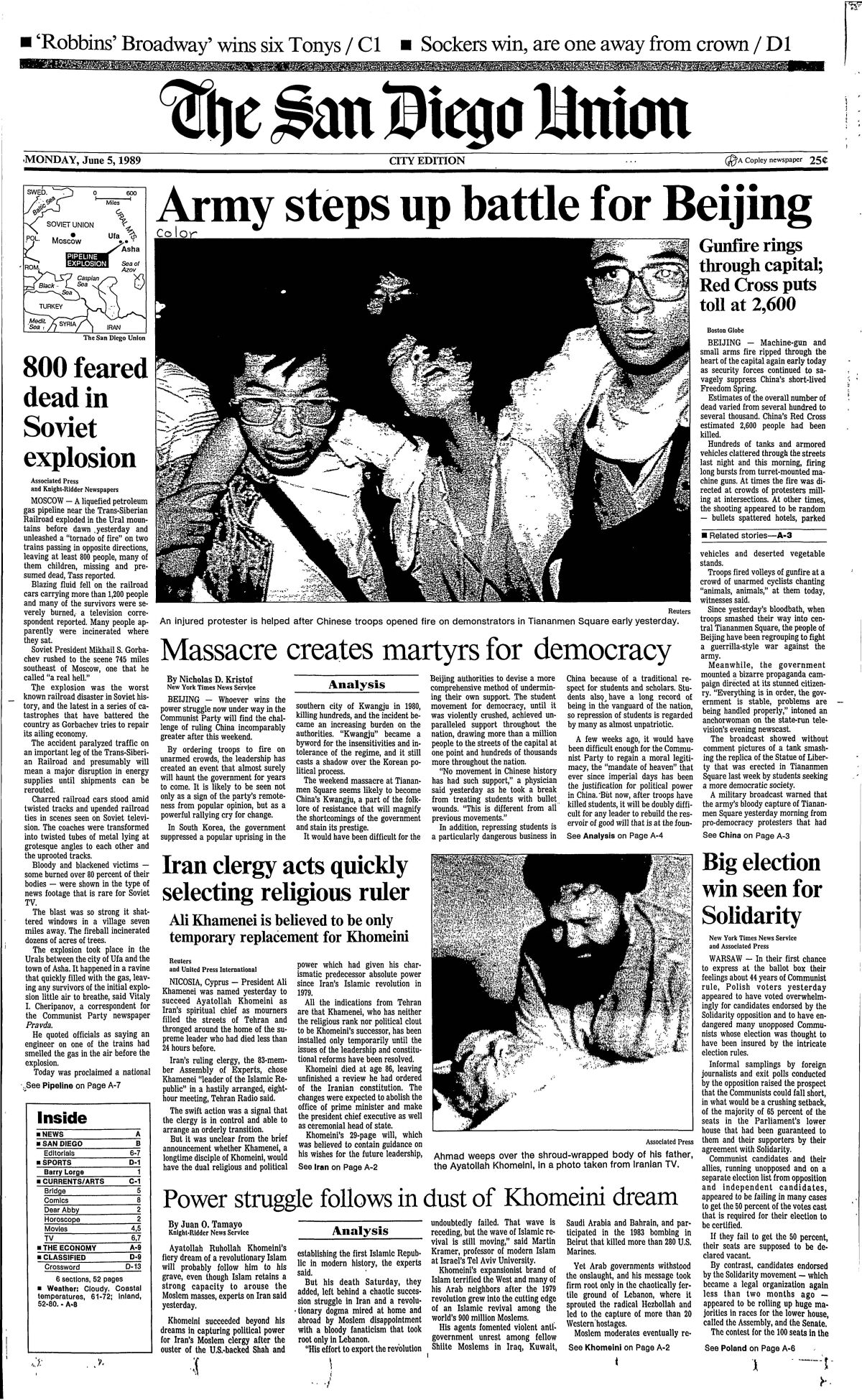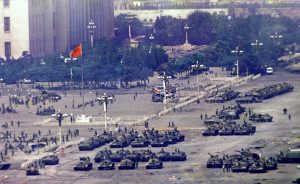The Tiananmen Square Massacre, also known as the June Fourth Incident, was a violent crackdown by the Chinese government on pro-democracy protests that took place in and around Tiananmen Square in Beijing in 1989. The protests, which began in April of that year, were sparked by the death of Hu Yaobang, a former Communist Party leader who had been a vocal advocate for political and economic reform.
The protesters, who were largely students and intellectuals, demanded greater democracy and freedoms, as well as an end to corruption within the government. They also called for an end to the one-party rule of the Communist Party and for the implementation of political and economic reforms.
The Chinese government initially responded to the protests with a mix of concessions and repression. However, as the protests continued to grow and spread to other cities, the government became increasingly fearful of losing control and decided to take more drastic action.
On June 3, 1989, the Chinese military was ordered to clear Tiananmen Square of protesters. Troops, backed by tanks and armored vehicles, moved into the square and began firing on the crowd, killing and injuring many protesters. The violence continued for several days, with protesters and bystanders being shot, beaten, and arrested.
The exact number of casualties from the Tiananmen Square Massacre is unknown, but it is believed that hundreds, if not thousands, of people were killed and many more were injured. The Chinese government has never released official figures and has consistently denied that any massacre took place.
The Tiananmen Square Massacre had a profound impact on China and the world. It was a major turning point in the country's history and marked the end of an era of relative openness and reform in China. The crackdown also led to widespread international condemnation and strained relations between China and the West.
In the years following the massacre, the Chinese government intensified its crackdown on dissent and tightened its control over the media and the internet. Many of the protesters and activists involved in the Tiananmen Square protests were arrested, imprisoned, or forced into exile. The Chinese government has consistently sought to suppress any mention of the massacre, and it remains a taboo subject in China to this day.
Despite the efforts of the Chinese government to erase the memory of the Tiananmen Square Massacre, it remains a powerful symbol of the struggle for democracy and human rights in China. The events of 1989 continue to inspire people around the world who are fighting for a more just and free society.
